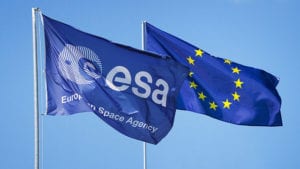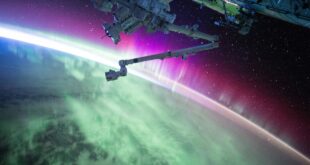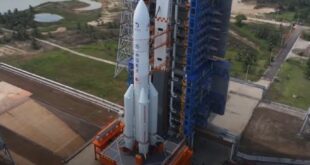
Paris/ Athens, 29 November 2021. – Greece builds up its national satellite capabilities and received support from the European Space Agency (ESA) to do that.
The Greek Ministry of Digital Governance said it will implement its Greek National Satellite Space Project, with the technical support of ESA. The project is part of Greece´s Recovery and Resilience Facility plans, which aim to enhance the country´s capabilities in satellite technologies and applications, ESA said.
The Greek government intends to contribute to “an inter-operable asset to the EU’s Govsatcom programme for secure communications, the proposed European quantum communications infrastructure and the envisaged EU secure space-based communication system”, ESA said. The European agency supports the plans to create such secure communications networks.
Greece seeks to develop, manufacture, launch and pre-operate small satellites capable of hosting various multipurpose payloads in response to European and national needs for secure connectivity, ESA said. It wants to expand into quantum communication, video streaming for maritime, urban planning, border surveillance and forest fire monitoring and use national assets, including three optical ground stations at Chelmos, Skinakas and Cholomontas.
These three stations are to be used as nodes in the EU’s proposed quantum communications infrastructure, called EuroQCI. ESA has been working with the European Commission to design, develop and deploy the EuroQCI initiative since 2019.
The agency had also set up a business incubation center in Athens back in March to support 25 Greek space startups over the next five years.





